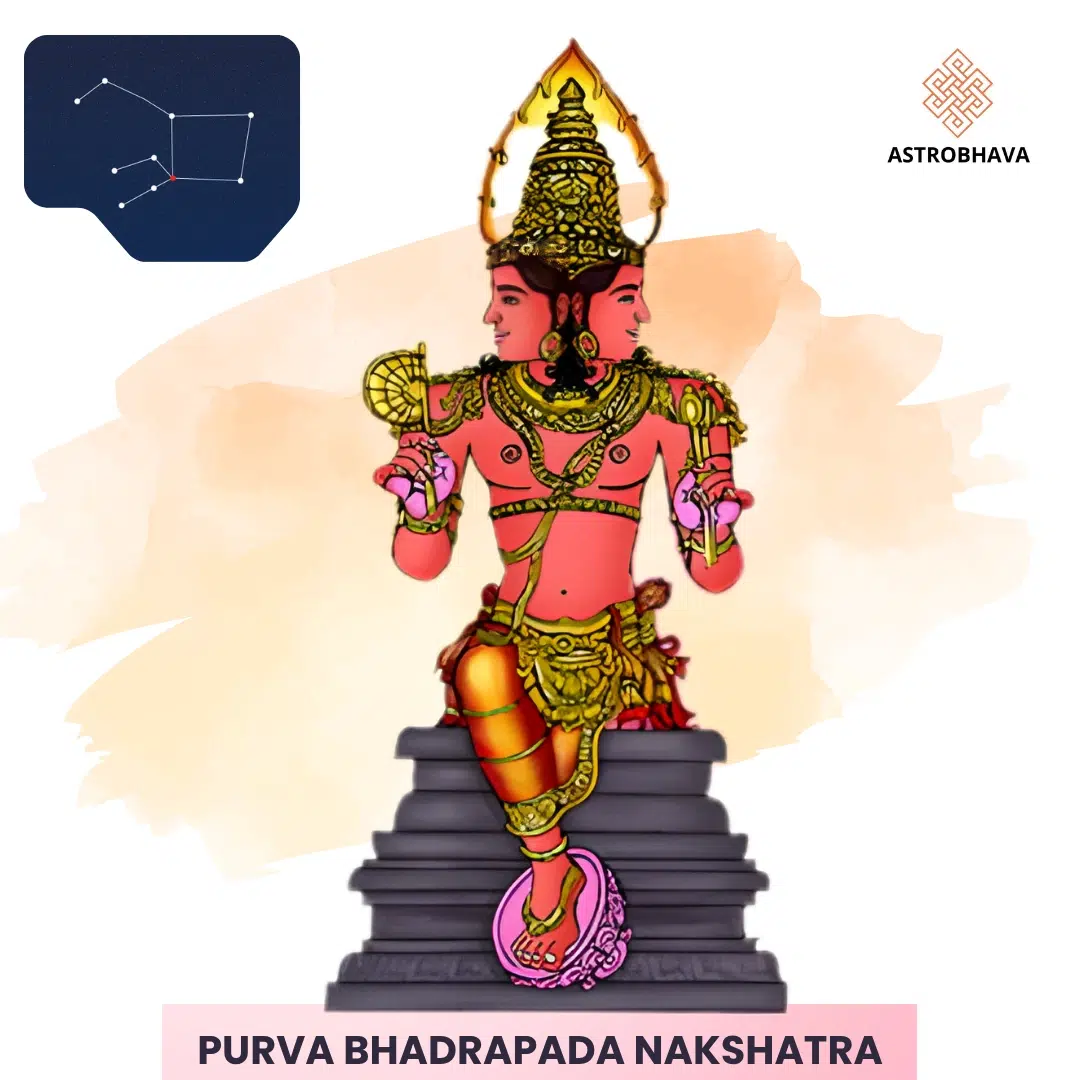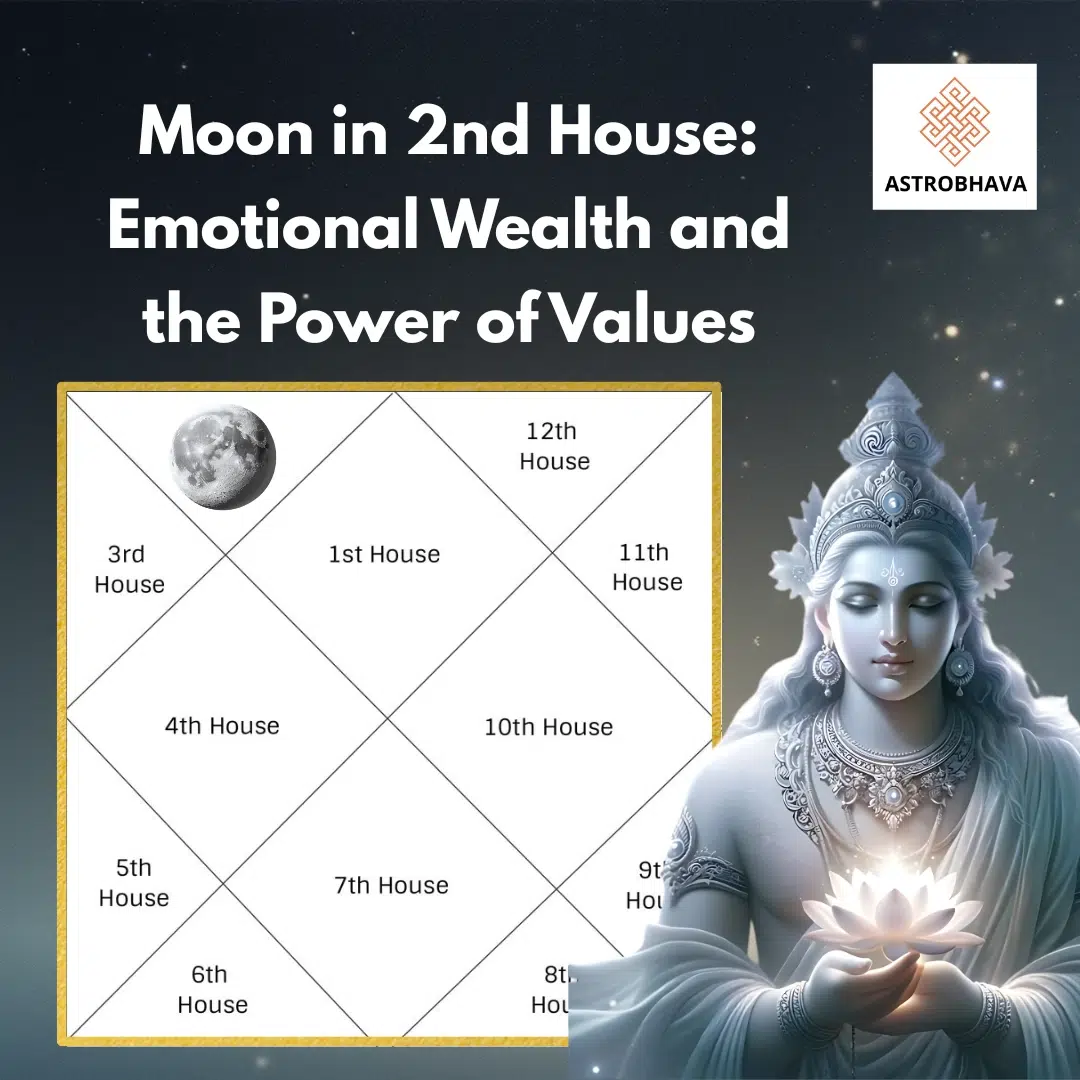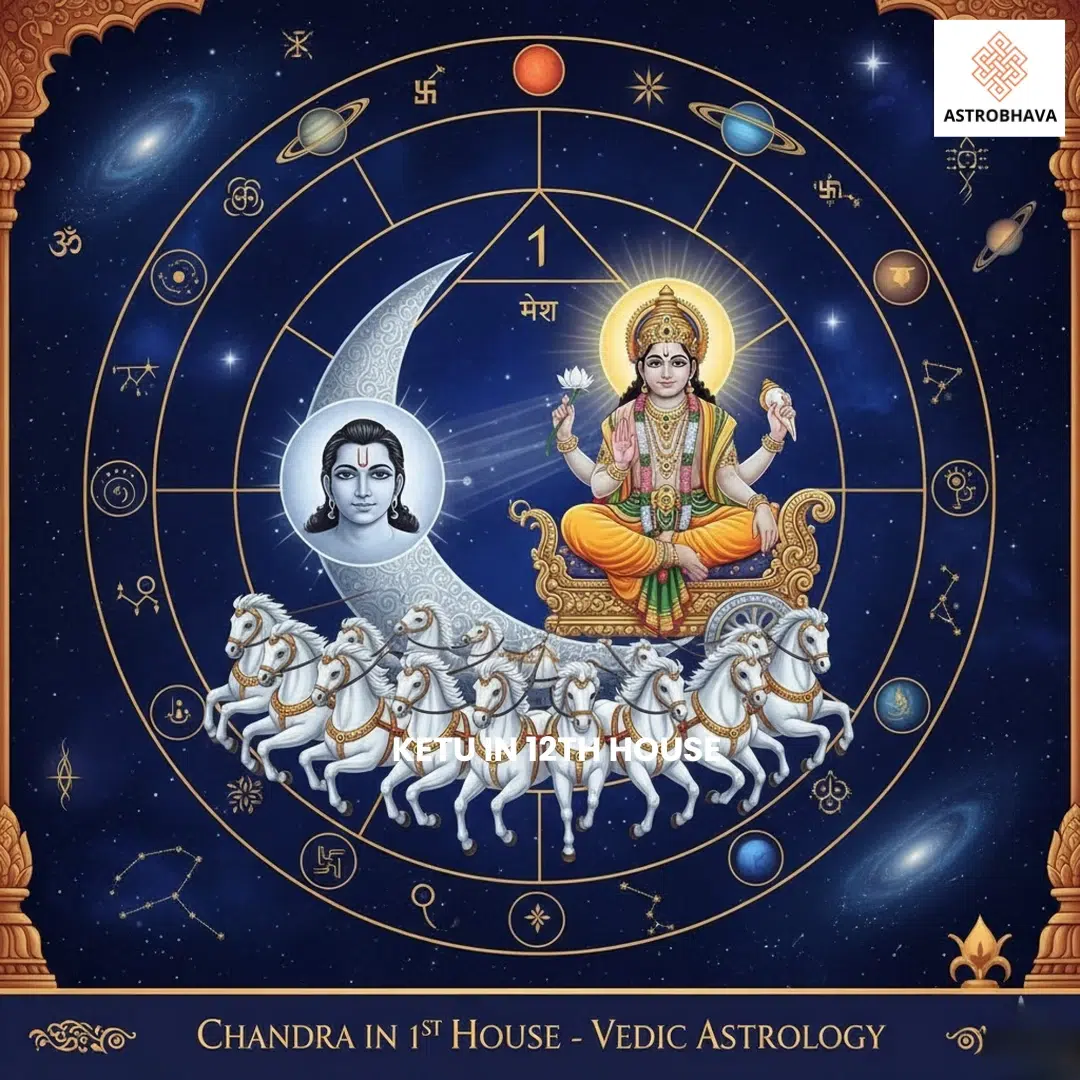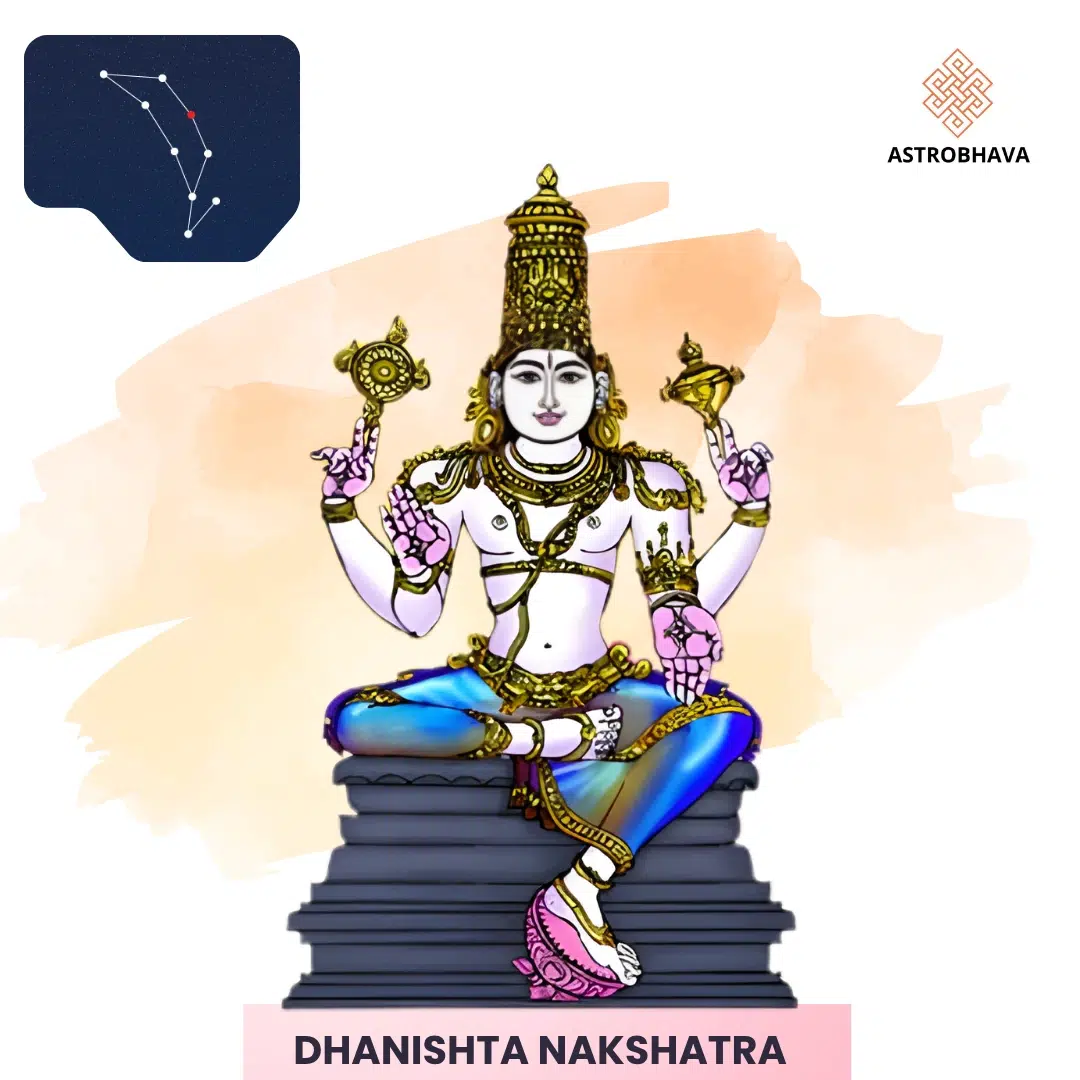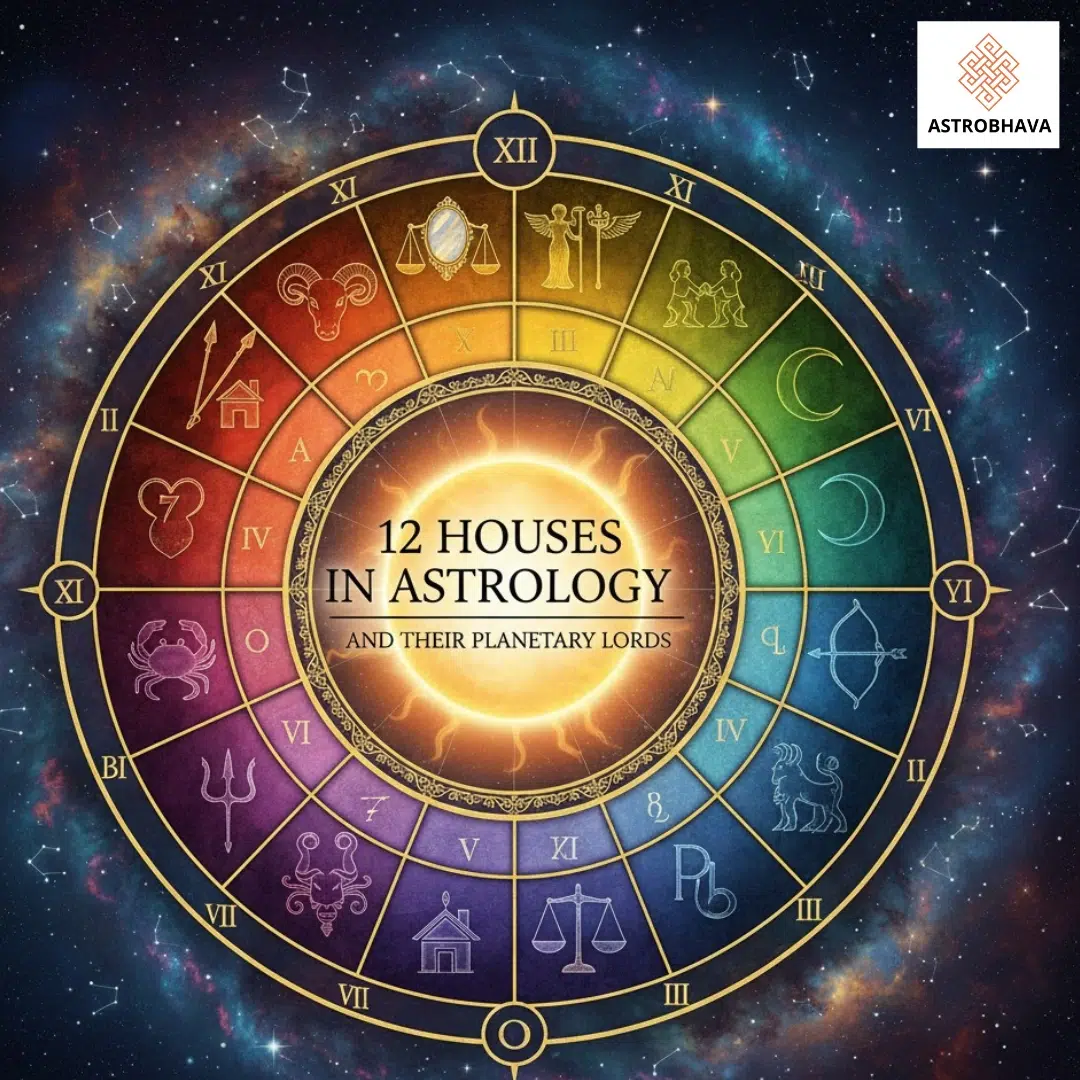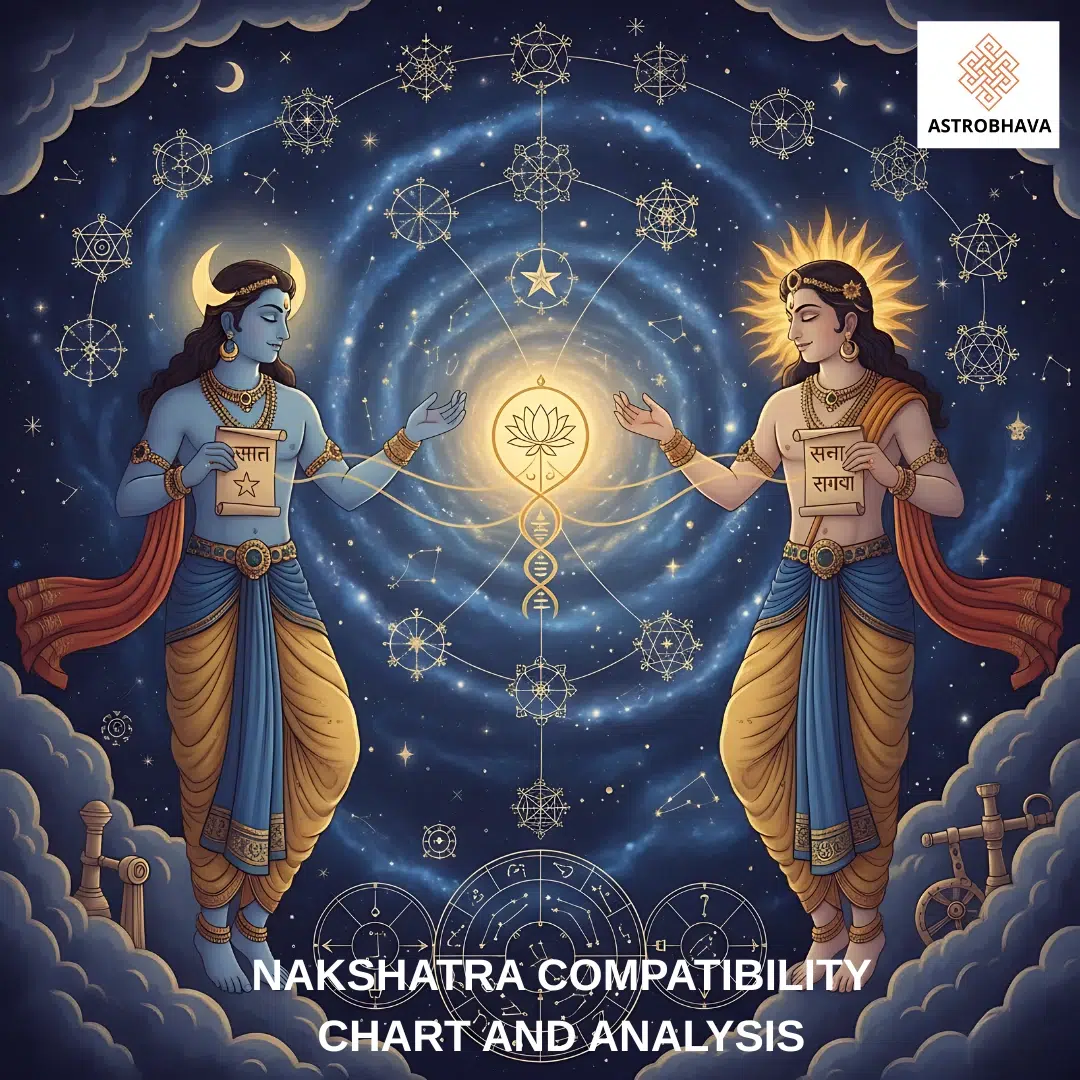Bhishma Ekadashi 2025: Date, Puja Vidhi, and Importance
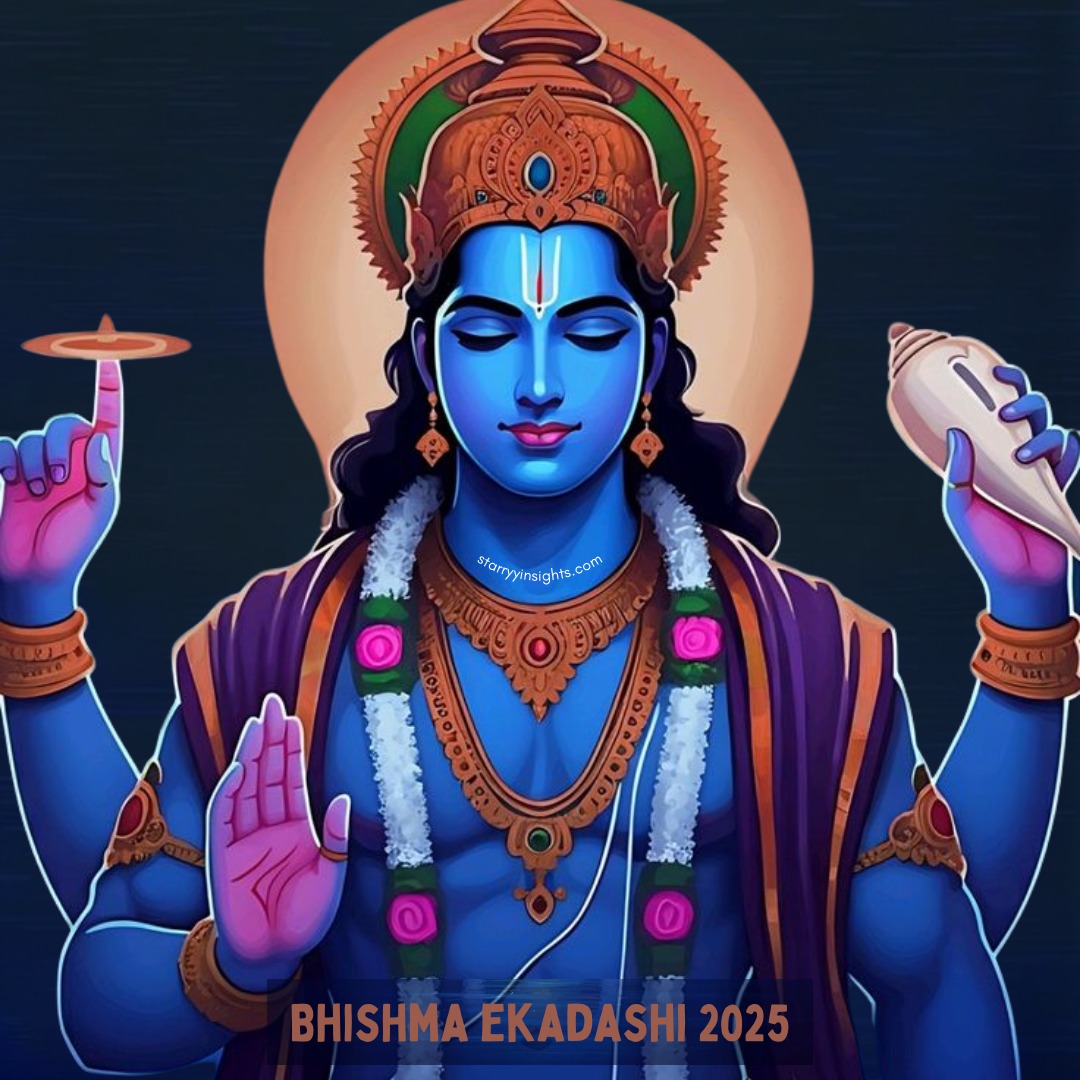
Bhishma Ekadashi (Jaya ekadashi) 2025 is one of the most significant Ekadashi observances dedicated to Lord Vishnu. Devotees observe fast on this auspicious day to seek the blessings of Vishnu and attain salvation. In Hindu tradition, Jaya Ekadashi holds immense religious significance as it is believed to help in overcoming past sins and achieving divine bliss. The observance of Jaya Ekadashi 2025 is particularly significant as it helps individuals cleanse their karma and progress spiritually.
Understanding Bhishma Ekadashi/Jaya Ekadashi
Jaya Ekadashi falls on the Ekadashi tithi of the Shukla Paksha in the month of Magha. Observing Jaya Ekadashi 2025 is said to be highly auspicious, as it is believed to help devotees attain moksha (liberation) and free themselves from the cycle of birth and death. The fast is also associated with mental clarity, devotion, and a sense of deep spiritual awareness. Many scriptures praise this Ekadashi as the gateway to eternal bliss and freedom from all worldly suffering.
Jaya Ekadashi/ Bhishma Ekadashi 2025 Date and Timings
Jaya Ekadashi 2025 will be observed on February 8, 2025. The tithi will begin on the night of February 7 and continue till February 8. Devotees should follow the exact timings for fasting and puja as per their local Panchang. The fast begins at sunrise and continues until the next day after performing Parana (fast-breaking). Consulting a local priest or astrologer for precise Muhurat timings is advisable.
Story Behind Jaya Ekadashi
Story Behind Bhishma Ekadashi
Bhishma Ekadashi commemorates the life and sacrifice of Bhishma Pitamah, one of the greatest warriors and revered figures in the Mahabharata. This Ekadashi falls on the 11th day (Ekadashi) of the waxing moon in the month of Magha (January–February). The day holds great significance in Hindu tradition, not just for the warrior Bhishma, but also for the divine worship of Lord Vishnu.
The Story of Bhishma Pitamah’s Vow
Bhishma Pitamah was the son of King Shantanu and the river goddess Ganga. From an early age, Bhishma was known for his strength, wisdom, and commitment to dharma (righteousness). However, one of the most remarkable aspects of his life was his vow of celibacy. This vow was taken so that his father could marry Satyavati, a woman from a fisherman’s family, whose children would inherit the throne of Hastinapura.
In doing so, Bhishma renounced any personal claim to the throne and committed himself to a life of service and dedication to the kingdom, despite his deep love for Satyavati. His vow earned him the name Bhishma, meaning “one who took a terrible vow.” Bhishma’s commitment to his vow made him a symbol of selflessness, duty, and sacrifice.
Bhishma’s Role in the Kurukshetra War
Bhishma played a pivotal role during the Kurukshetra War between the Pandavas and Kauravas. Despite his loyalty to the Kaurava dynasty, Bhishma was a great devotee of Lord Vishnu. In the war, he was gravely wounded by Arjuna’s arrows but remained alive, lying on a bed of arrows for days, as he had the boon to choose the time of his death.
On his deathbed, Bhishma imparted invaluable teachings to the Pandavas, especially to Yudhishthira, on matters of life, duty, righteousness, and devotion to Lord Vishnu. He remained a devout servant of Vishnu, even in his final moments.
Bhishma’s Blessing of Choosing His Time of Death
Bhishma was granted a special boon by his father, Shantanu, which allowed him to choose the time of his death. Knowing that the Uttarayan period (when the sun moves northward) was considered the most auspicious time to leave his physical body, Bhishma chose to pass away on Bhishma Ekadashi during the auspicious time of Uttarayan.
On this day, Bhishma lay on his bed of arrows and continued to meditate on Lord Vishnu, preparing for his final journey. His death marked the end of his earthly struggles and the culmination of his life of devotion and sacrifice.
Significance of Jaya Ekadashi
The significance of Jaya Ekadashi 2025 lies in its ability to cleanse the soul and remove all sins. Devotees who observe fast and worship Lord Vishnu on this day are believed to receive his divine blessings. The fast is particularly beneficial for those seeking peace, happiness, and spiritual growth. Additionally, observing Jaya Ekadashi is said to protect devotees from evil spirits and negative energies. The vrata is also known to bring prosperity, remove financial obstacles, and bless individuals with long-lasting joy and contentment in life.
Spiritual and Religious Significance
Purification of Sins and Karma
The spiritual significance of Bhishma Ekadashi lies in the belief that fasting and worshipping Lord Vishnu on this day can purify the soul and absolve devotees of past sins. It is said that by observing the fast, performing the rituals, and reciting the Vishnu Sahasranama (1,000 names of Lord Vishnu), devotees can remove the negative karmas accumulated from previous lives.
“Seek the divine blessings of lord garuda– Book your homa now”
In the Hindu tradition, Ekadashi is seen as a day to purify one’s body and mind. Fasting on this day helps individuals transcend worldly desires and connect more deeply with their spiritual essence. Bhishma Ekadashi, in particular, is considered one of the most auspicious days to perform such acts of devotion and penance.
Blessings of Lord Vishnu and Liberation (Moksha)
Devotees believe that observing Bhishma Ekadashi leads to the blessings of Lord Vishnu. It is said that Lord Vishnu showers his divine grace on those who sincerely follow the rituals and offer prayers on this day. These blessings can manifest in various forms—health, wealth, peace, and prosperity.
Moreover, Bhishma Ekadashi is considered to be a day when liberation (moksha) can be attained. Moksha refers to the release from the cycle of birth and death, and it is believed that by dedicating oneself to the worship of Vishnu, one can achieve spiritual freedom. The recitation of the Vishnu Sahasranama, a practice associated with Bhishma Ekadashi, is considered an especially powerful tool to invoke Lord Vishnu’s blessings for moksha.
The Teachings of Bhishma Pitamah
Bhishma Pitamah’s teachings on this day also emphasize the importance of duty (dharma), sacrifice, loyalty, and the power of devotion to God. His life is a testament to the values of righteousness, selflessness, and unwavering commitment to one’s word. He renounced personal desires and lived by his vow of celibacy, dedicating himself fully to the service of the throne of Hastinapura and to Lord Vishnu.
On Bhishma Ekadashi, devotees reflect on these qualities of Bhishma and try to incorporate them into their lives. The day serves as a reminder to lead a life of integrity, honor, and devotion to God and dharma.
The Vishnu Sahasranama and Its Importance
The Vishnu Sahasranama is a sacred text in Hinduism, consisting of 1,000 names of Lord Vishnu. According to the Mahabharata, Bhishma Pitamah, even in his final moments, recited the Vishnu Sahasranama to Yudhishthira and the Pandavas. This recitation was meant to bring them peace and guide them toward the right path in life.
Bhishma Ekadashi is considered the perfect occasion to recite or listen to the Vishnu Sahasranama, as it is believed that doing so on this day brings spiritual merits and the divine grace of Lord Vishnu. The recitation of these names helps purify the mind, heart, and soul, and it is a powerful tool for invoking blessings and attaining spiritual liberation.
Rituals to Perform During Bhishma Ekadashi
Bhishma Ekadashi is a day of devotion, fasting, prayer, and charity. The rituals are designed to invoke Lord Vishnu’s blessings and to emulate Bhishma Pitamah’s dedication to dharma.
1. Fasting (Vrat)
Fasting is the most significant ritual on Bhishma Ekadashi:
- Pre-Fast Preparation (Dwadashi Eve): On the evening of Dwadashi (the day before Ekadashi), devotees should have a light meal. The meal should be simple and devoid of grains, onions, garlic, or heavy foods.
- Observing the Fast on Ekadashi Day:
- Devotees observe a strict fast on Ekadashi. It is customary to refrain from consuming grains, pulses, and certain vegetables. Some devotees prefer consuming fruits or water during the day.
- The fast may vary depending on personal beliefs and health, but traditionally, the fast continues for 24 hours, from sunrise on Ekadashi until the evening of Dwadashi.
- For those who cannot do a full fast, a partial fast (such as eating only fruits or boiled potatoes) is also considered acceptable.
“Invoke Lord Rama’s Blessings: Perform Rama Homa Today”
2. Morning Ablutions and Ritual Purity
- Early Rising and Bathing:
- Devotees should wake up before sunrise, ideally during the Brahma Muhurta (the most auspicious time for spiritual practices, typically 1.5 hours before sunrise). A ritual bath is recommended to cleanse the body and mind for the day’s observances.
- Purification of the Surroundings:
- Clean the puja (prayer) space where the rituals will be performed. It is customary to set up an altar or temple with an image or idol of Lord Vishnu for the worship.
3. Puja (Worship)
- Setting Up the Altar:
- Arrange the image or idol of Lord Vishnu on a clean cloth. Place sacred items such as flowers, incense sticks, a diya (lamp), and fresh fruits and sweets to offer.
- Tulsi (holy basil) leaves are highly revered and should be included in the offerings. It is said that Lord Vishnu loves Tulsi leaves, and offering them ensures divine blessings.
- Offerings to Lord Vishnu:
- Fresh flowers, fruits, and sweets are commonly offered to Lord Vishnu during the puja. Ghee lamps (deepas) are lit to symbolize the removal of darkness (ignorance) and the triumph of light (knowledge).
- Reciting Vishnu Sahasranama:
- The Vishnu Sahasranama, a sacred text consisting of 1,000 names of Lord Vishnu, is recited or listened to during the puja. It is believed that chanting or listening to these names with devotion brings divine grace, removes obstacles, and leads the devotee toward spiritual liberation.
- Bhishma Pitamah himself imparted the Vishnu Sahasranama to Yudhishthira and the Pandavas, so reciting this on Bhishma Ekadashi is considered especially auspicious.
4. Recitation and Meditation
- Chanting Mantras:
- Devotees may chant various mantras dedicated to Lord Vishnu, such as “Om Namo Bhagavate Vasudevaya” or “Om Vishnu,” to invoke his divine presence.
- The primary mantra to chant is the Vishnu Sahasranama. If possible, listen to a discourse on the Vishnu Sahasranama to enhance spiritual understanding.
- Meditation:
- Devotees may sit in meditation to reflect on Lord Vishnu’s divine qualities and Bhishma’s teachings. This meditation fosters spiritual clarity, peace, and devotion.
5. Charity (Daan)
- Performing Charity on Bhishma Ekadashi:
- Giving alms is an important ritual during Bhishma Ekadashi. Charity or daan could include donating food, clothes, or money to the needy, helping the poor, or supporting a temple or spiritual cause.
- It is believed that giving in charity on this day increases one’s spiritual merit and earns the blessings of Lord Vishnu.
- Supporting the Needy:
- Some devotees may offer grain (or other foodstuffs), money, or books of knowledge to those in need, considering these acts as a way to accumulate divine blessings.
“Illuminate Your Life with Divine Light – Book Sathyanarayana Puja Now!”
6. Evening Aarti
- Lighting the Aarti Lamp:
- In the evening, after a day of fasting and prayers, devotees perform an aarti (a ritual of singing hymns and waving a lamp in front of the deity).
- The aarti is a way of offering one’s gratitude and devotion to Lord Vishnu. It is often accompanied by the chanting of mantras and praises of Lord Vishnu.
7. Breaking the Fast (Parana)
- Breaking the Fast:
- The fast is traditionally broken on Dwadashi, the day after Ekadashi. It is advisable to break the fast early in the morning by offering prayers and eating simple, sattvic (pure) food.
- The meal should be light and devoid of grains. Many devotees opt for fruits, milk, or rice and lentils (which are acceptable after a fast).
- Some communities have specific rituals for Parana (the breaking of the fast) with an offering to Lord Vishnu or feeding the needy.
Additional Observances During Bhishma Ekadashi
- Bhishma Panchakam:
- The five days between Bhishma Ashtami (which is usually a day before Ekadashi) and Bhishma Ekadashi are referred to as Bhishma Panchakam. Devotees may perform special prayers, recitations, and rituals during this period, especially focusing on Lord Vishnu’s worship and reciting the Vishnu Sahasranama.
- Observing the Celibacy Vow:
- Just like Bhishma Pitamah took a vow of celibacy (Brahmacharya), some devotees choose to observe celibacy or avoid any indulgences during the fasting period, which is considered highly purifying and spiritually enriching.
“Invoke Lord Krishna’s Blessings: Book Your Sanatana Gopala Homa Today”
Conclusion
Jaya Ekadashi 2025 is a highly sacred day that provides spiritual upliftment and divine blessings. Observing this fast with devotion, performing Vishnu puja, and following the proper rituals will bring peace, prosperity, and liberation from past sins. The significance of Jaya Ekadashi cannot be understated, as it offers immense spiritual rewards and divine grace. If you wish to gain more insights into Ekadashi observances, consult expert astrologers at AstroBhava to understand the spiritual and astrological significance of Jaya Ekadashi 2025.
May Lord Vishnu bless you with health, happiness, and success on this auspicious occasion!
Q1. When is Bhishma Ekadashi 2025?
A: Bhishma Ekadashi 2025 falls on February 8 2025.
Q2. What is the importance of observing Bhishma Ekadashi fast?
A: Observing Bhishma Ekadashi 2025 helps cleanse past sins, grants Vishnu’s blessings, and aids in attaining moksha. It also brings spiritual progress and mental clarity.
Q3. Can we eat anything during Jaya Ekadashi fasting?
A: Devotees typically avoid grains and consume fruits, milk, and nuts. Some observe a complete fast without food and water.
Q4. What is the story behind Jaya Ekadashi?
A: The vrat katha narrates the story of Malyavan and Pushpavati, who were liberated from a curse by observing Jaya Ekadashi fast.
Q5. How can I properly perform Vishnu Puja on Jaya Ekadashi?
A: Vishnu puja includes offering Tulsi, lighting lamps, reciting Vishnu Sahasranama, and chanting devotional hymns.
Q6. What should I avoid on Bhishma Ekadashi?
A: Non-vegetarian food, alcohol, grains, pulses, and tamasic foods like onion and garlic should be strictly avoided. Negative thoughts and actions should also be controlled.
Q7. Can pregnant women observe Jaya Ekadashi fast?
A: Pregnant women, elderly individuals, and those with health conditions can opt for a partial fast by consuming milk and fruits after consulting a spiritual guide or doctor.
Categories
- Astrological Remedies
- Astrology Guides
- Astrology Remedies for Wellness
- Career Astrology & Personal Growth
- Cosmology
- Dasha
- Festivals & Vedic Rituals
- Homa and Fire Rituals (Yagna)
- Japa
- Mantra
- nadi astrology
- nakshatras
- numerology
- Pilgrimage
- planets houses
- Progency
- Puja & Rituals
- Relationships
- rudra puja
- Rudraksha and gemstone
- Spiritual Astrology
- Spiritual Practices and Chanting
- Spiritual Rituals and Personal Empowerment
- Spiritual Tools & Personal Growth
- Spiritual Wellness and Protection
- Spirituality and Rituals
- Spirituality or Vedic Rituals
- Vastu Tips
- Vedic Astrology
- yantras
- Zodiac Signs








